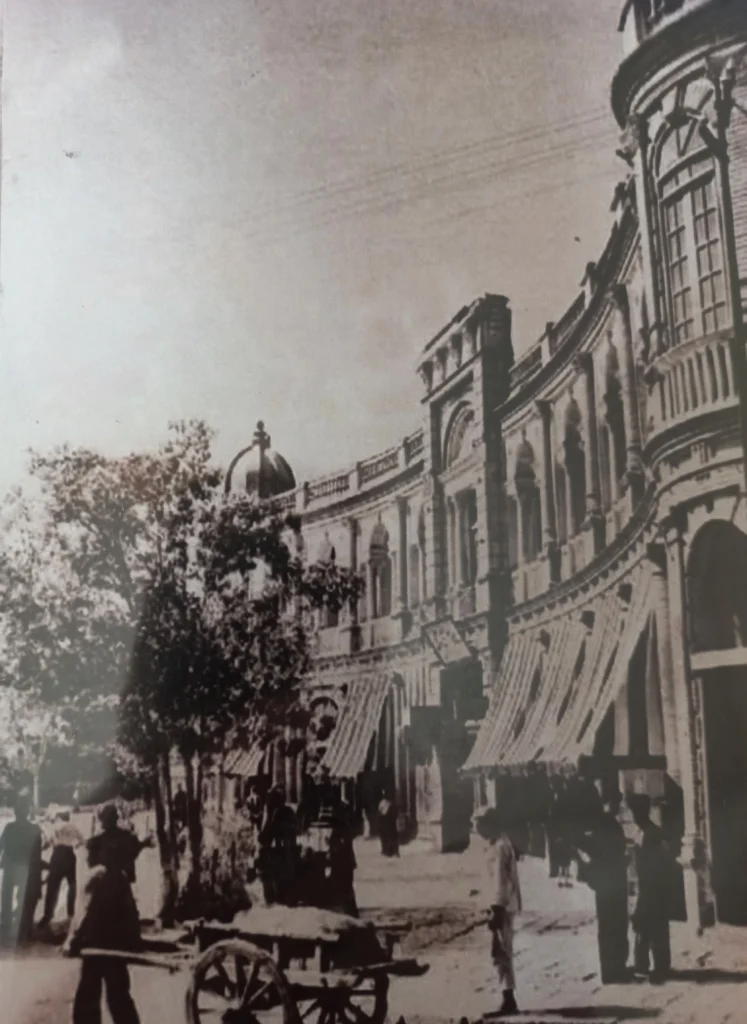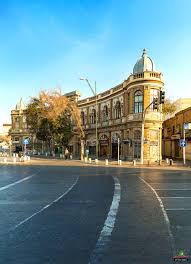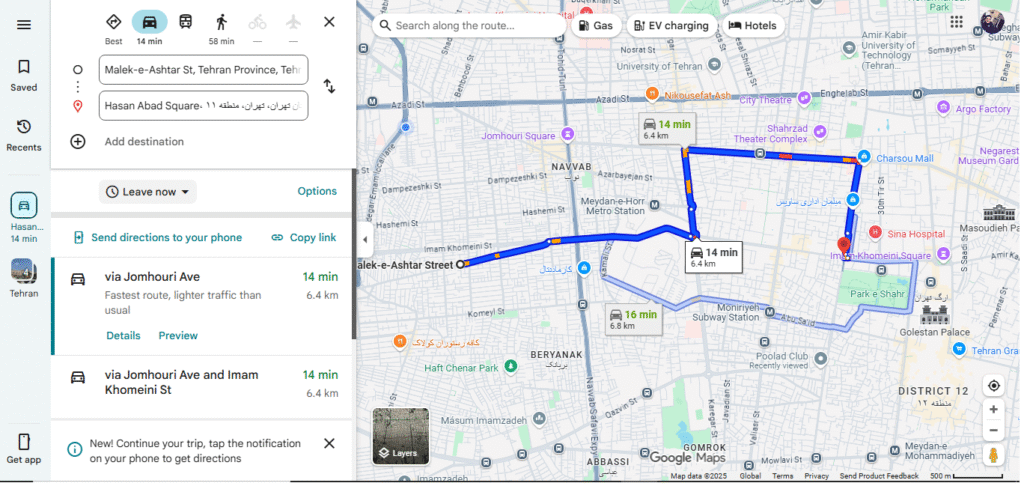A Glimpse Into the Historic Heart of Tehran

Hasan Abad Square (میدان حسنآباد), located at the crossroads of Imam Khomeini and Hafez Streets, stands as one of Tehran’s most iconic historical squares. Built during the late Qajar era, this square reflects a rare blend of European neoclassical architecture and Persian urban planning. Its symmetrical buildings, adorned with arched windows, brickwork, and domes, make it one of the city’s most photographed sites.
Unlike the glitzy commercial districts of northern Tehran, Hasan Abad preserves the spirit of traditional craftsmanship and trade. This is not a place for luxury brands or fast fashion—it’s a haven for men who appreciate tools, mechanics, and the art of making things by hand.
The Square’s Origins and Architecture
Hasan Abad Square was originally designed by Mohammad Hassan Khan Memar in the early 20th century. The area was named after Hassan Khan Moshir al-Dowleh, a prominent Iranian official and patron of architecture.
The design of the square—with its eight identical façades forming an octagon—was inspired by European urban layouts, particularly Parisian-style roundabouts. Yet, its detailed Persian brick ornamentation and arched porticos give it a unique Tehranian identity.
Despite being restored several times, the square still retains its historical essence. Its surrounding buildings now house hardware stores, lighting shops, and tool merchants—a modern continuation of Tehran’s tradition of trade and craftsmanship.
A Marketplace for Tools and Trade
While many visitors might expect Hasan Abad to be another shopping hub, it stands apart for its specialization in tools, hardware, and machinery rather than clothing or fashion. The shops here cater mainly to craftsmen, repairmen, engineers, and builders.
From precision hand tools and industrial machines to measuring instruments, the area is a treasure trove for men who work with their hands. You’ll find:
- Tool and hardware stores lining every corner of the square
- Electrical and mechanical equipment shops offering both local and imported brands
- Vintage tool stores with items you rarely see elsewhere in Tehran
The sound of metal clinking, merchants negotiating, and the sight of men examining drill bits or screwdrivers gives Hasan Abad a masculine, industrious atmosphere. It’s a place where commerce still feels authentic—untouched by modern shopping malls.
The Square’s Modern Role

Today, Hasan Abad Square serves as a bridge between old Tehran and modern city life. While the surrounding neighborhoods have changed, the square itself remains loyal to its roots.
At night, when the domes and arches are lit up, Hasan Abad transforms into a stunning visual reminder of Tehran’s architectural evolution. Photographers and history lovers often visit the site to capture its symmetry and nostalgic charm.
In recent years, restoration projects have aimed to preserve the square’s façade while revitalizing its commercial life. Some of the historical buildings now serve as small workshops, offices, and even cafés—blending tradition with modern use.
How to Visit Hasan Abad Square
Location: Central Tehran, intersection of Hafez Street and Imam Khomeini Street
Nearest Metro Station: Hasan Abad Metro Station (Line 2)
Best Time to Visit: Late afternoon for shopping and early evening for photography
If you’re staying near Azadi Tower or central Tehran, Hasan Abad is just a few metro stops away. It’s a must-see for travelers who love exploring authentic local markets rather than touristy attractions.
A Square That Still Works With Its Hands
Hasan Abad Square is more than a piece of Tehran’s history—it’s a living workshop of the city. While malls and fashion stores dominate other parts of the capital, here you’ll find craftsmanship, tools, and the persistence of manual skill.
For those who appreciate architecture, engineering, or simply the raw energy of a working marketplace, Hasan Abad is a reminder that the heart of Tehran still beats through trade, labor, and tradition.
Direction from Homestay:
